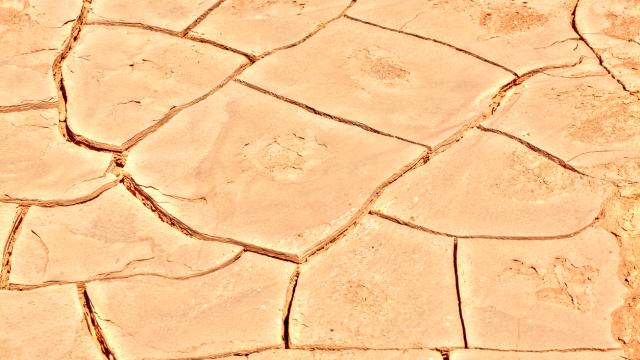Heatwaves in Australia are getting hotter, longer, more frequent – and have led to increased ambulance calls, emergency visits, illnesses, and deaths.
It might only be Spring, but experts are speaking out. Researchers from Doctors for the Environment Australia are saying doctors need to educate at-risk patients, hospitals must be better prepared, and that Australia needs to develop a national heatwave plan.
Fears of an early start to warm weather have prompted doctors, led by a former Australian of the Year, to call for greater extreme heat preparedness to reduce illness and deaths, as well as the pressure on the health care system.
Professor Fiona Stanley speaking for medical group Doctors for the Environment Australia says that last week’s unusually early hot conditions in NSW are “a stark reminder that higher average temperatures are the new normal”.
“Predictions of more heatwaves are deeply concerning to health professionals who are at the front line of care,” says Professor Stanley, a child epidemiologist.
“Heat can cause debilitating sickness and death, which also places a heavy burden on our emergency departments, doctors’ surgeries and other health care providers.”
Professor Stanley in a co-authored paper, with emergency physician Dr Mark Monaghan and public health physician Dr Marion Carey, which is released today in the Medical Journal of Australia, said Australia’s larger cities have experienced occasions where health services have been severely stretched due to surges in illness and deaths during repeated heatwaves.
From 14 to 17 January 2014, Melbourne experienced temperatures over 41 degrees Celsius, with 167 premature deaths and a new record set for the highest number of calls for ambulance services ever received in a day.
An extreme heatwave in January and February 2009 in south-eastern Australia, which saw Melbourne experience three consecutive days above 43 degrees Celsius, resulted in an almost threefold increase in patients dead on arrival at emergency departments and 374 excess deaths.
Professor Stanley noted that not only were there more presentations to hospital emergency departments during a heatwave, the conditions suffered were also more severe.
Professor Stanley said that we need to develop a national climate change strategy that would coordinate plans on issues such as heatwaves. This could provide public health responses, communication, surveillance, additional resourcing, longer-term capacity building and evaluation.
Those who were most at risk of heat waves are older people, children, those with existing chronic illness such as cardiovascular and respiratory disorders, people with mental illness, those who are homeless and socially isolated, the poor and outdoor workers.
“Heat kills — and while we need to put in place proper adaptive responses to ensure better health outcomes for all Australians, ultimately the appropriate response is to address climate change. In particular, the burning of coal must be phased out,” Says Professor Stanley.
“The sooner we act, the more lives we will save and the more savings we can make to the health budget.”
